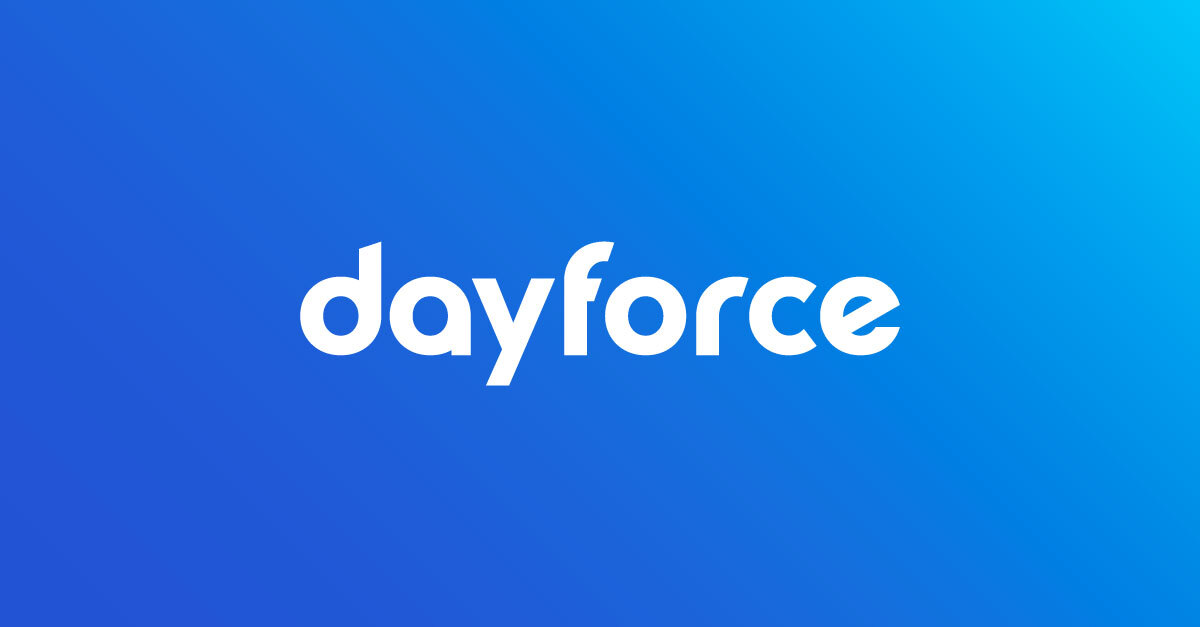The NZ Holidays Act: Essential insights for business leaders and how it impacts your organisation
Learn the Act's impact on different departments and strategies to tackle compliance challenges.

Table of Contents
New Zealand organisations are caught in a balancing act between managing leave entitlements while keeping up with the complexities of the Holidays Act. What was designed to help employees has become a significant compliance challenge for HR, finance, and payroll departments. With the risk of costly penalties, reputational damage, and operational disruption, it’s crucial for organisations to adopt smarter processes. For this article, we sat down with John Rynearson, Practice Manager for Dayforce at Alxemy, to break down the Act's impact and how your organisation can manage its compliance requirements.
Understanding the Holidays Act
The Holidays Act 2003, which aims to promote balance between work and other aspects of employees' lives, applies to all employees working in New Zealand. It provides a framework for employees’ minimum leave entitlements, including annual holidays, alternate holidays, sick leave (for employees themselves and to care for dependents), bereavement leave, and family violence leave.
While the Act’s purpose is clear, its complexity has made it difficult for many employers to meet its requirements, leading to real-world implications. Thousands of organisations have faced significant financial impacts due to compliance failures. Recent high-profile cases, such as McDonald's remediating 11 years of miscalculated holiday pay and Health NZ’s costly payroll system overhaul, highlight the potential widespread implications.
"Beyond the complexity of the legislation itself, the workforce has evolved dramatically since 2003,” says Rynearson. “On top of that, most organisations have unreliable data, which increases the risk of non-compliance.”
The penalties for individual cases of non-compliance can be significant, with potential fines of up to NZ$10,000 for anemployer who is an individual and NZ$20,000 for a company or other corporate body. In addition to fines, organisations face additional costs associated with remediation, impacts on employee morale, and reputational damage.
"It's common knowledge that there are a lot of problems with the Act," Rynearson adds. "While the government is working to resolve these issues, change isn't easy. Any proposed change will either benefit employees more or employers more, making it difficult to get across the line.” In the meantime, organisations are left to grapple with the Act’s complex requirements.
How the Holidays Act impacts different departments
Compliance with the Holidays Act is not just a payroll issue—it’s a company-wide responsibility. Multiple departments play their part in adhering to the Act’s complex requirements, and each department is uniquely impacted in the process.
Human Resources
Inaccurate payments, lack of transparency, and difficulty generating reports can undermine employee satisfaction.
"The ultimate precursor to employee engagement and satisfaction is being paid correctly,” says Rynearson. “No amount of fancy coffee machines, flexible work practices, or wellness sessions matter if you’re not paying people correctly and being transparent about it.”
The challenges lie in the Act's complexity. "The NZ Holidays Act isn't intuitive," he says. "For example, payroll systems tend to capture hours, but legislative requirements request weekly average earnings, making it difficult to calculate rates accurately.”
This complexity means organisations have to take extra steps to get the numbers they need, risking mistakes in the process. The perception of incorrect payments can be just as damaging as an actual error, undermining employee trust and satisfaction.
Finance
Finance needs to work closely with HR and IT to help support payroll data and compliance adherence. Non-compliance can result in significant fines and unplanned remediation costs, which can significantly derail budgets and financial planning.
“The way an organisation adheres to the NZ Holidays Act reflects its appetite for risk,” Rynearson notes. “Some organisations pay employees as close to the regulatory minimum as possible, which opens them to regulatory and reputational risk. Others pay above the minimum but risk tying up funds that could be used elsewhere.”
Rynearson suggests that the best option lies somewhere in between, depending on your organisation. “But without the right technology that can handle the complexity of the Act in place, it can be hard to get that balance right," he adds.
IT
Ideally, IT departments can pull accurate data from systems that are integrated and support compliance requirements across departments. The reality for many organisations, however, is that rosters, timesheets, and payroll data are stored separately in unconnected systems, creating data integrity issues and higher risks of non-compliance.
"Most organisations have payment-related information in different systems," Rynearson explains. "For example, rosters represent the hours an employee is expected to work, while timesheets record the actual hours worked, and typically they sit on separate systems.”
Maintaining integrations between these systems can be expensive, as organisations often manage different vendors and multiple fees. Poor integration also increases the likelihood of errors and complicates compliance efforts.
Payroll
Payroll teams are at the front line of compliance and need accurate systems to process pay effectively and avoid mistakes. They often bear the brunt of compliance issues, leading to longer work hours, burnout, and high turnover.
"No system can be 100% automated as legislation requires human intervention in some areas,” Rynearson points out. “Our approach is to automate as much as we can and then work with clients to develop business processes for the rest of it. This helps lift payroll teams out of the weeds of lower value work, and spend their time applying their skills on higher value tasks.”
The core issue underlying compliance challenges
At the heart of these compliance challenges is fragmented data.
“Almost everyone I talk to is working in an environment where they have multiple systems that don’t talk to each other,” Rynearson says. “They end up relying on emails and spreadsheets, which leads to a wide range of issues. The lack of integration makes it nearly impossible to calculate holiday pay accurately or ensure full compliance with the Act.”
The potential impact on organisations can mean incorrect holiday pay, fines, legal battles, and employee dissatisfaction. Investing in a single platform that consolidates payroll-related information can reduce these risks dramatically.
According to the latest Dayforce Payroll Complexity Survey, 74% of respondents struggle with payroll data issues.
Strategies to reduce compliance risks
Educate your teams
Invest in training HR, payroll, finance, and IT teams on the nuances of the Holidays Act and the specific compliance requirements. Encourage cross-departmental communication and collaboration to help maintain compliance.
Strategically streamline data and systems
"Most organisations come to us with the view to solve one specific problem, and they're not always aware of the broader implications," Rynearson shares. “So, while they might solve their immediate problem, similar issues tend to appear again in other areas.”
A strategic approach considers the broader compliance requirements across the organisation, often leading to integrating multiple databases into a single source of truth.
Partner with local experts
Partner with experts who understand the intricacies of the Holidays Act and can help guide your organisation through compliance challenges. Local specialists have exposure to different industries, work conditions, common challenges or roadblocks, and what implementation looks like for different risk appetites.
"As local specialists, we've gone through many remediations, so we can predict the kind of things that the inspectorate is likely to look out for," Rynearson explains. "And while we can't change the complexity of the Holidays Act, we can help instill confidence with the right solution and local expertise.”
With this knowledge, partners can implement proactive measures to help organisations save time, reduce stress, and help maintain compliance.
Consider the cost of not taking action
Remediations are not just an expensive exercise—they're also difficult to execute. "In some cases, I've seen the cost of the remediation project outweigh the cost of the payout itself," Rynearson reveals. "It's complicated to calculate the variables across different systems over several years. Then, in addition to looking back to fix the problem, you need another project to implement changes so that you don't face the same compliance issues again.”
Generally, proactively managing compliance can cost significantly less than addressing it after breaches have been made. It's crucial to consider not just the immediate costs of non-compliance, but also the long-term potential impacts on your organisation.
From complexity to confidence
Supporting compliance with the Holidays Act can be challenging, but with the right approach, it’s possible to tackle the complexity more effectively. By understanding the Act’s requirements and streamlining your data and systems, you have an opportunity to build more trust, increase operational efficiency, and improve the overall employee experience.
You may also like:
Ready to get started?

